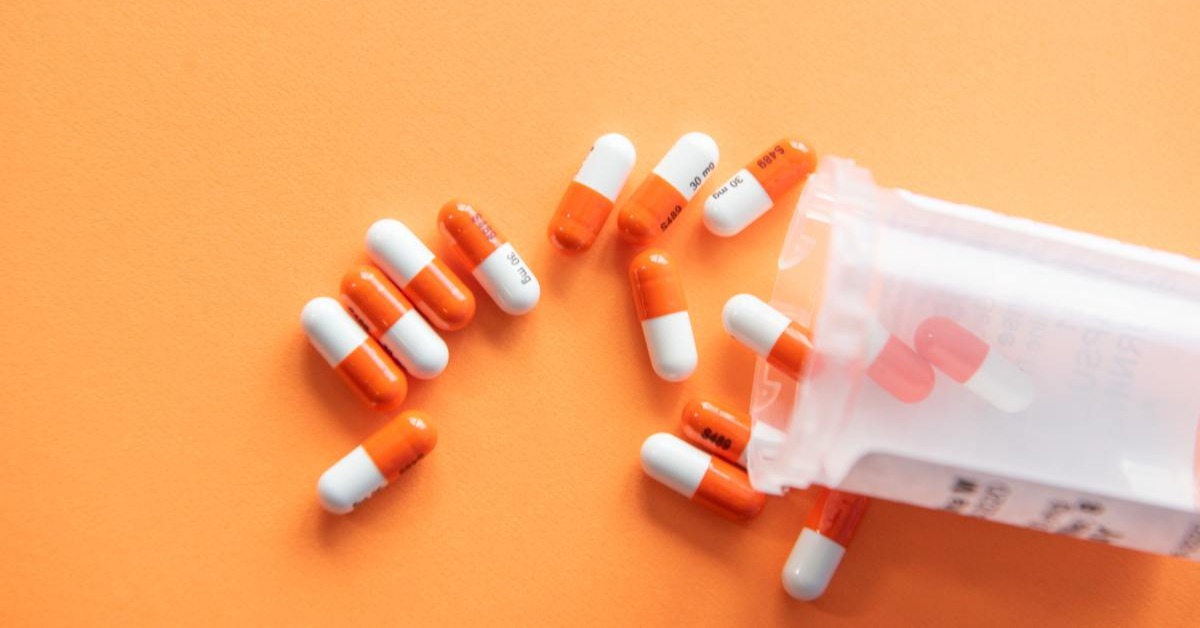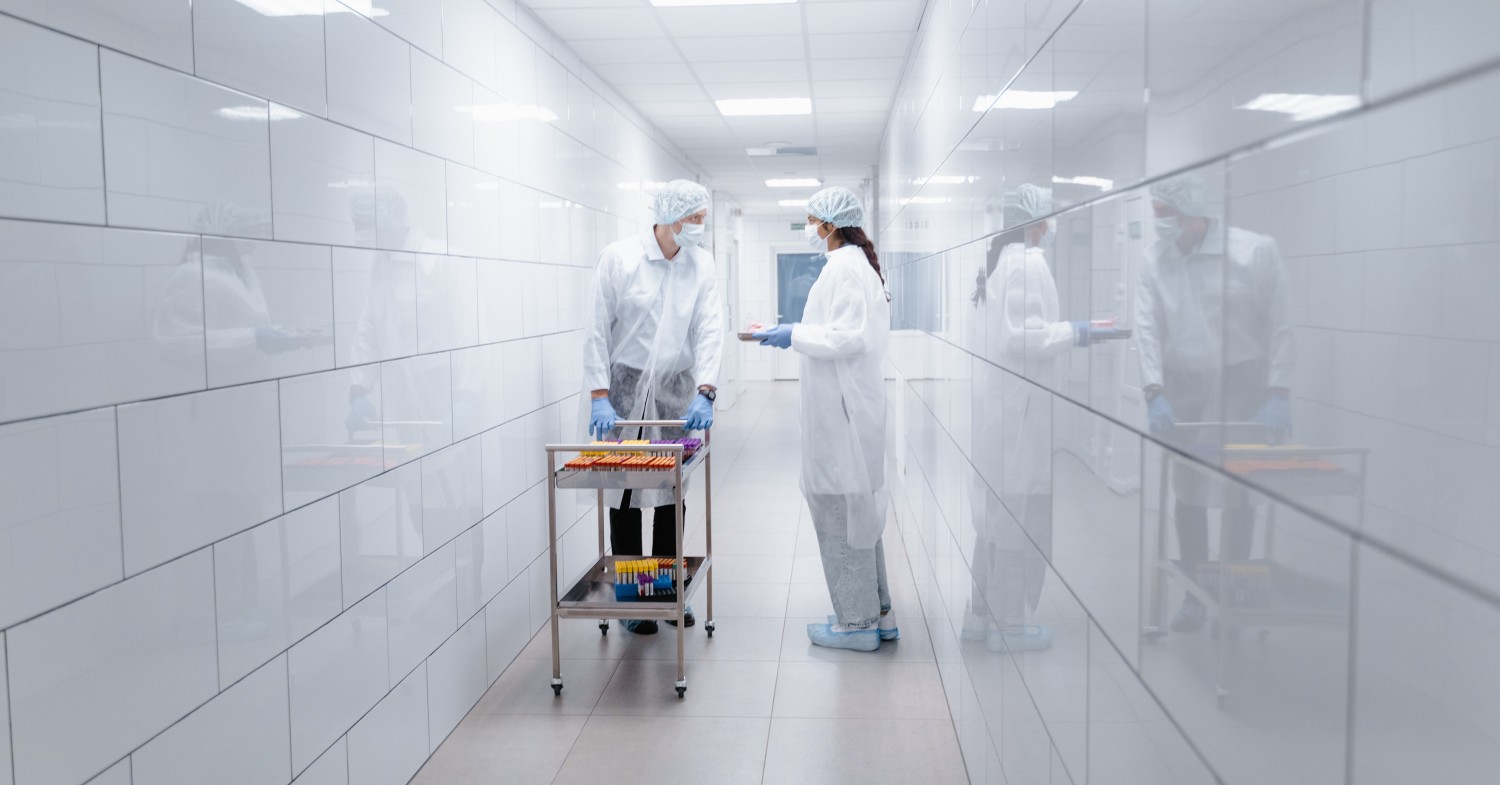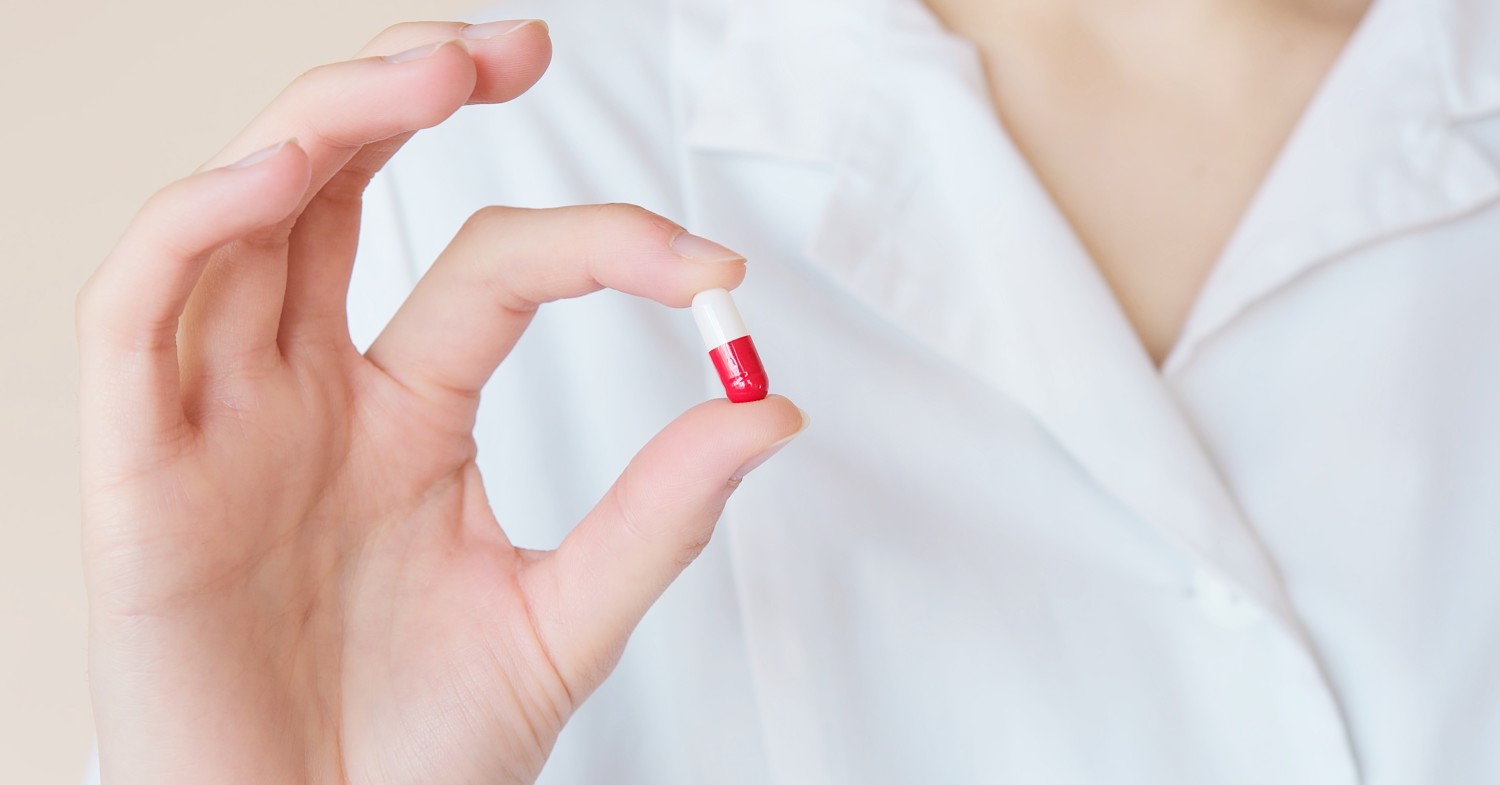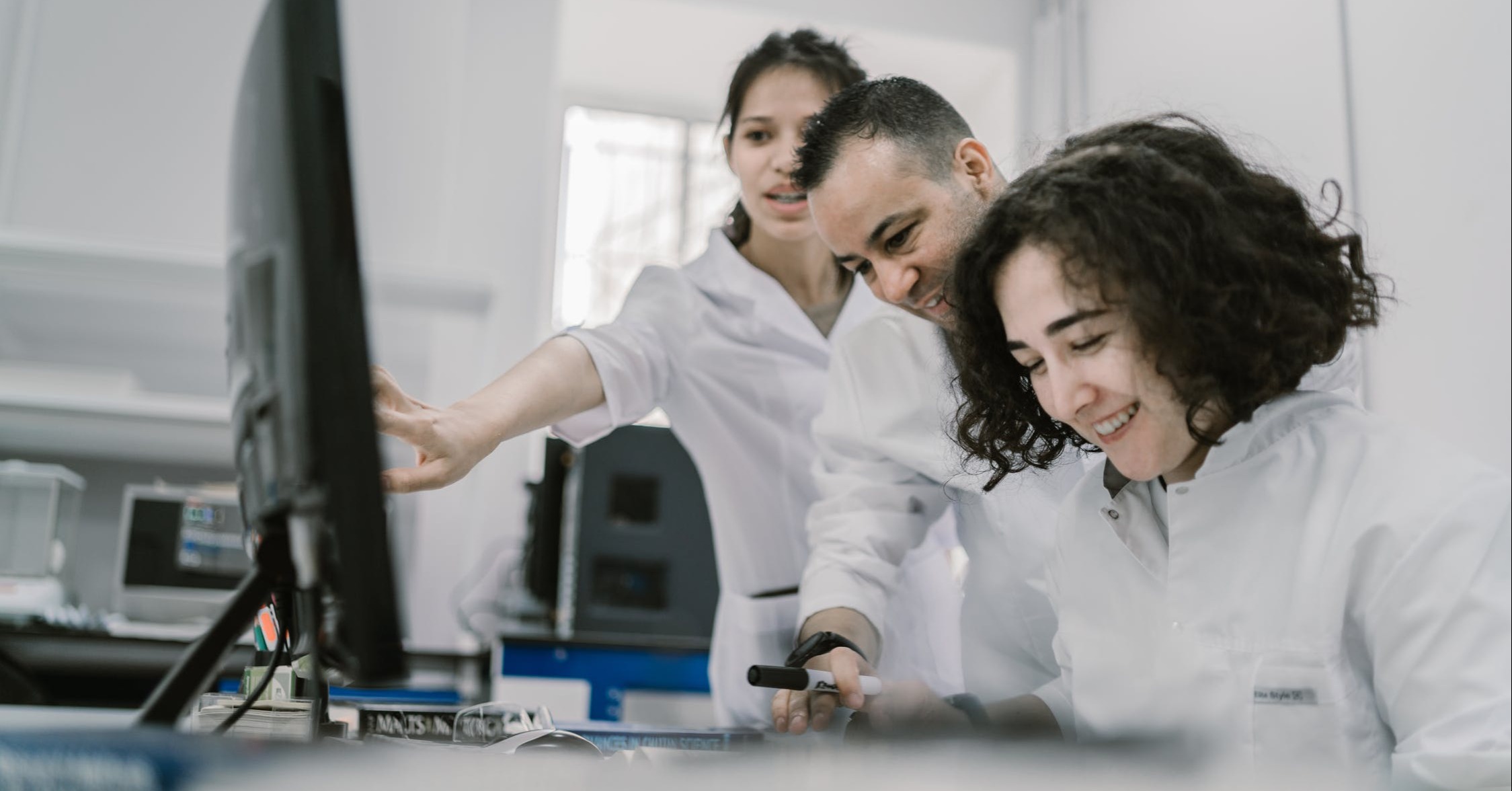
What is a 6-Year BS/PharmD Program?
Becoming a pharmacist requires a good deal of schooling: a [...]

A perfunctory analysis suggests a suboptimal job outlook for new pharmacists. The US Bureau of Labor Statistics (BLS) projects that demand for pharmacists will decline by 2 percent from 2020 through 2030, resulting in 3,000 fewer pharmacy jobs. What will cause that decline? An increase in the number of mail-order pharmacy services, for one. The transfer of some pharmacists’ responsibilities to pharmacy technicians, for another.
You should be aware of these numbers before you apply to a pharmacy program, but you should also know that they don’t tell the whole story. They don’t indicate that over 11,000 jobs will open each year for pharmacists as a result of attrition and retirements, for example.
You can also broaden your employement prospects by working as a specialized pharmacist, creating additional options beyond employment with retailers like Walmart, CVS, and Walgreens. Also, demand for hospital pharmacists and clinical pharmacists should increase over the decade. While the overall number of pharmacists may decrease, there are still many positive signs for new pharmacists.
So are pharmacists in demand? This article explores that question by discussing:
In a Doctor of Pharmacy (PharmD) program, you’ll build the necessary skills to become a pharmacist. That means engaging in clinical rotations and learning the science behind pharmaceuticals. According to Butler University, graduates “contribute to the interdisciplinary delivery of health care to improve patient outcomes and serve as drug therapy information specialists.”
Traditionally, PharmD programs take four years to complete, though fellowships and residencies will add time. You’ll also need to pass the North American Pharmacist Licensure Examination (NAPLEX). Once you pass this test, you’ll be able to practice anywhere in the country, though a few states (inclduing Florida and Pennsylvania) require additional certification.
You also may decide to pursue a pharmaceutical research career. Note that if you want to focus on research, a PhD may be the better option. At Oregon State University, students interested in research can complete a hybrid PharmD and PhD.
According to the American Association of Colleges of Pharmacy (AACP), community pharmacists make up 45 percent of the pharmacist workforce. These providers administer immunizations and discuss side effects for specific medications with patients.
Top pharmacy schools typically have impressively high placement rates for pharmacists, giving graduates a huge leg up. Specializing also can help. The BLS predicts the job growth rate for healthcare and social assistance pharmacists could reach nine percent between 2020 and 2030. The need for federal pharmacists remain constant over the same period. And these numbers do not take into account regulators who work in non-healthcare settings producing, testing, and selling drugs.
Pharmacy graduates can go onto fellowship and residency programs after completing their PharmD to further enhance their skill sets and round out their pharmacy educations. Fellowships typically prepare you for careers in drug development and trials. Residencies lead to specializations that include oncology, geriatrics, and infectious diseases. Further education typically leads to a higher salary and qualifies you for more attractive job openings.
According to the BLS, the top-paying industries for pharmacists, and their median annual income, are:
You don’t need to work as a healthcare professional to secure a top pharmacy job. Private companies also hire pharmacists. Per Glassdoor figures, medical science liaisons, who determine which drugs to take to market, earn average base salaries of $157,092.
The federal government also needs pharmacists, especially for roles in compounding, drug manufacturing, and regulation. They earn an average of $129,665.
In this section, we’ll explore what the typical PharmD program looks like, using the structure of top programs as a guide. This section provides an overview; individual programs may differ.
Prospective pharmacists must demonstrate proficiency in chemistry and biology. Many programs require a minimum undergraduate GPA. Some candidates enter after earning a bachelor’s degree; others may enter out of high school, enrolling in 0-6 bachelor’s/doctorate programs.
Doctor of Pharmacy programs typically take four years, though that’s not a fixed number. Part-time students can take longer and full-time, year-round programs may be three years.
Most PharmD programs are strict about accepting students with an advanced science background. Expect to prove that you’ve completed, or will complete before the program starts, several prerequisite courses. One school with an especially long list of prerequisite courses is University of Minnesota – Duluth. Required subjects include biology, microbiology, anatomy, calculus, physics, behavioral sciences, writing, communication, and chemistry (general and organic).
It’s possible to apply to certain pharmacy programs during your undergraduate years, including at University of Minnesota. This feature is not completely unique to PharmDs—it’s often called a 4+1 for other subject programs. Not every program accepts undergraduate applicants.
Many graduate programs look for experienced applicants; pharmaceutical programs are among the most stringent. Even if experience isn’t mandatory, schools prefer candidates who bring more than book knowledge to the classroom. Students at University of California – San Francisco are encouraged to “establish a record of service to others through volunteer experiences, extracurricular involvement, leadership roles, tutoring, active membership in service organizations, etc.”
More programs every year adapt test-optional admissions policies; some have done away with standardized testing altoghether. That means you may not need to take the Pharmacy College Admissions Test (PCAT). However, you can still expect to submit traditional application materials like a resume, transcripts, letters of recommendation, and a personal statement.
You’ll study all things pharmacology, including chemistry, drug delivery, evidence-based practice, immunization, and pathophysiology. You’ll also learn about the interpersonal aspects of pharmacy, like patient care and ethics. Most programs include business courses, as many pharamcists own their own practice. PharmD programs typically also offer leadership education through professional development exercises.
These foundational courses are only half of what you’ll study in a PharmD program. Rotations in a real pharmacy environment help students learn the ins and outs of clinical practice. Most programs focus on experiential learning in the final year, but pharmacy students can start logging real-world experience after the first year.
Even though many PharmD programs don’t have direct specialization tracks, students typically can pursue interests through electives and projects. For instance, University of San Francisco students must complete a Discovery Project in one of six areas: biomedical science, clinical science, education science, epidemiology and population science, social and behavioral science, or systems science. They work in teams and with experts in the field to develop a focus. The best way to specialize may be through a residency or fellowship program after you’ve earned your PharmD degree.
Here is a breakdown of top PharmD programs, based on rankings by US News & World Report.
UCSF offers a three-year program; students must attend class through the summers to graduate on this accelerated schedule. One- to three-week breaks between terms offer some respite, as does a five-week break after year one. According to the program website, 100 percent of the 2020 graduating class passed the licensure exam on the first attempt.
One thing that sets University of Florida apart as a top five program is its dual degree options, allowing students to pursue multiple interests. One popular combination is an Master of Business Administration (MBA) with a PharmD. You may also earn a Master of Public Health (MPH), which can lead to government positions. Undergraduates may decide to pursue a joint biology BS, which helps them launch their pharmaceutical career more quickly.
According to the University of Michigan website, this “program is broad enough to offer extensive opportunities that lead to careers in health systems, community pharmacy, pharmaceutical companies, government and other public sector jobs, as well as careers in the academic world.” Students complete multi-year research projects and take classes with other healthcare students, including nurses, doctors, and social workers. A vast majority (around 95 percent) of graduates who take the NAPLEX exam pass on the first try.
The University of Minnesota boasts that students in the program come from many educational backgrounds—over 30 majors are represented. Even still, there’s a high four-year graduation rate—95 percent in 2020. Most students either join a residency program or start working—those who do earn close to $110,000 per year on average for their starting salary.
Though most PharmD programs are still in person, the number of online options is increasing. Butler University will soon offer an online pathway (in launches in the fall of 2022) that covers the same subjects as the in-person degree. Students must complete three on-campus immersion experiences and clinical rotations closer to where they live. You can choose a medical Spanish concentration to serve Spanish-speaking populations better.
(Last Updated on February 26, 2024)
Questions or feedback? Email editor@noodle.com

Becoming a pharmacist requires a good deal of schooling: a [...]

In inpatient healthcare settings, hospital pharmacists help provide quality patient [...]

To become a pharmacist, you need to earn a Doctor [...]

Medical social workers play an essential role on healthcare teams. [...]

To practice as a pharmacist, you must earn a Doctor [...]
Categorized as: Medicine, Nursing & Healthcare